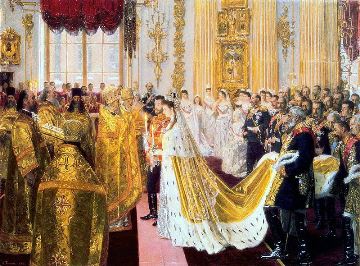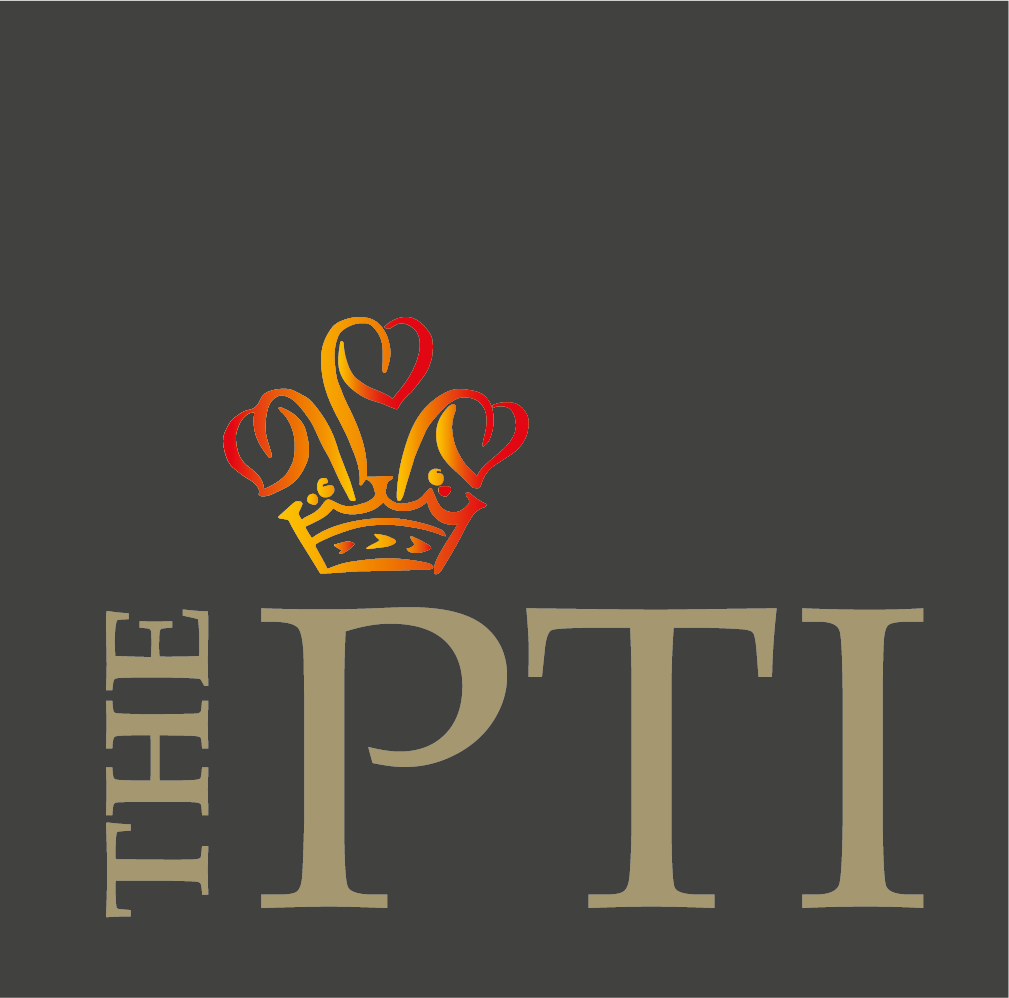Despite Tsarist Russia being the most diverse empire in the world, the Orthodox Church was the preeminent religious organisation.
Under the reign of Tsar Alexander I the diversity of indigenous sectarian groups was tolerated so long as they did not actively pursue conversion among the Orthodox. Tsar Nicholas I, on the other hand, did not tolerate such diversity and banished such sectarian groups.
Such examples demonstrate the different ways in which rulers of Tsarist Russia dealt with the diversity throughout the Russian Empire and protected the Orthodox Church.
This relationship between the Tsarist government and the Orthodox Church in Russia can be examined in the classroom by:
- Creating visual images of the Russian Orthodox Church and its support of the Tsar
- Evaluating the pros and cons of the relationship
- Considering why its relationship with the Church was both a strength and weakness of the Tsarist government

James Leigh, Head of History at Hinchingbrooke School, shared this idea after hearing Professor Christopher Read (University of Warwick) speak about The Russian Intelligentsia before 1914 at the CPD Subject Day on Tsarist Russia: 1855-1917.
Schools Programme members can download the resources from the event in the PTI Staffroom.
Want to discover more inspiring subject knowledge? See our upcoming courses and events for 2017, including our New Teacher Subject Days course.
Find more knowledge nuggets here!
Image: By Laurits Tuxen via Wikipedia licensed via Wikimedia Commons (https://commons.wikimedia.org/wiki/File:Wedding_of_Nicholas_II_and_Alexandra_Feodorovna_by_Laurits_Tuxen_(1895,_Hermitage).jpg)
